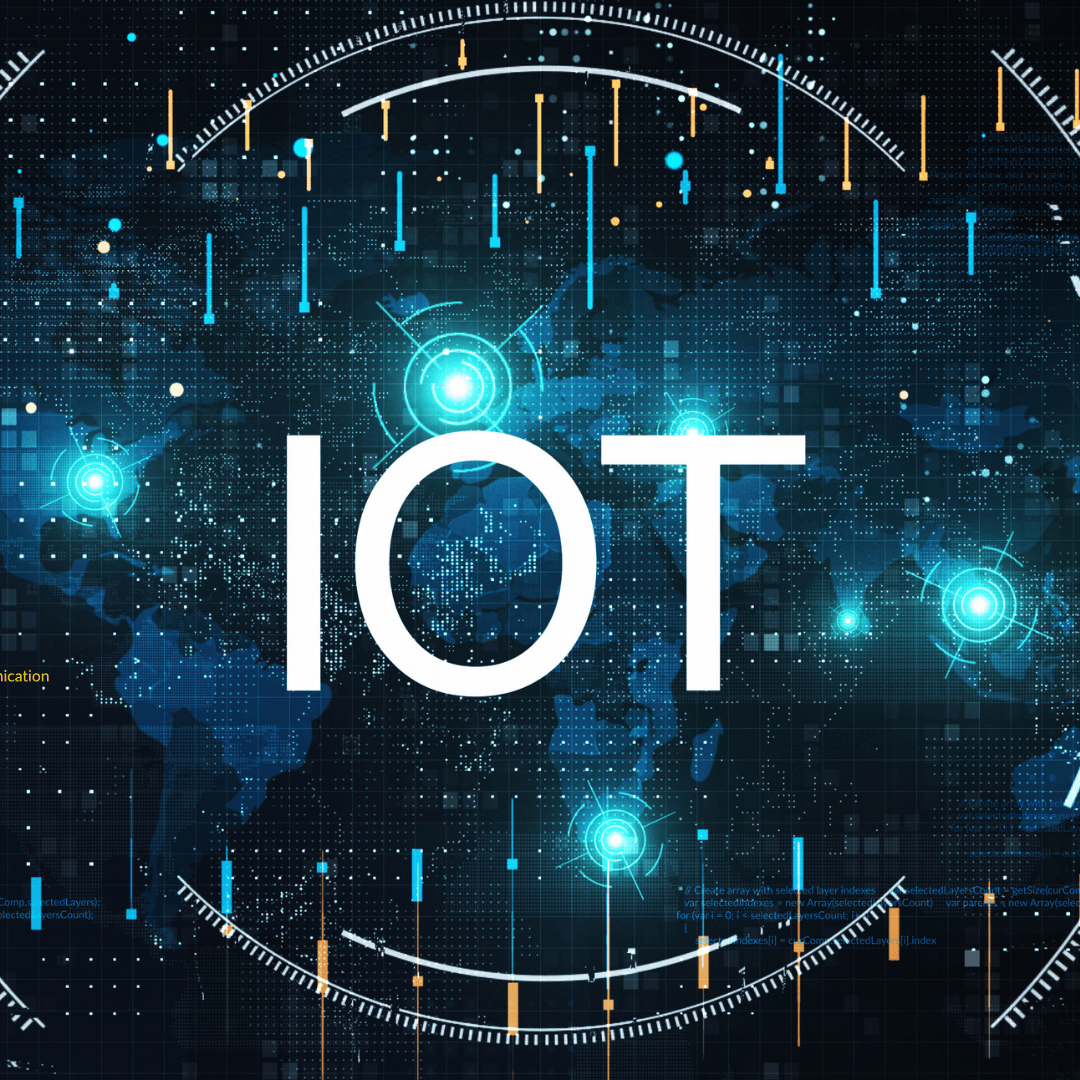Table of Contents
In nonprofit organizations, the Internet of Things (IoT) has ushered in a new era of possibilities. This interconnected network of devices has proven to be a powerful tool for nonprofits, offering innovative solutions to age-old challenges. Here are seven ways in which IoT empowers nonprofits to achieve more:
1. Introduction to IoT in Nonprofits
Defining IoT
IoT, or the Internet of Things, refers to a network of physical objects embedded with sensors, software, and other technologies that enable them to connect and exchange data with other devices and systems over the Internet. These devices range from simple sensors to complex machinery and can collect and transmit data without human intervention.
Importance of IoT for Nonprofits
IoT presents a unique opportunity for nonprofits to leverage technology to create positive social change. By harnessing the power of Internet of Things devices, nonprofits can enhance their operations, improve service delivery, and engage with their communities more effectively.
2. Enhanced Communication and Collaboration
One of the key benefits of Internet of Things for nonprofits is its ability to facilitate seamless communication and collaboration. Internet of Things devices such as smartphones, tablets, and wearable technology enable nonprofit staff, volunteers, and beneficiaries to stay connected and share real-time information. This improved communication results in better coordination, heightened productivity, and improved overall outcomes for the organization.
3. Data Collection and Analysis
Internet of Things devices generate vast amounts of data that nonprofits can use to gain valuable insights into their operations and impact. By collecting data on everything from environmental conditions to user behavior, nonprofits can make more informed decisions and optimize their programs and services for maximum effectiveness.
4. Improved Resource Management
Internet of Things technology allows nonprofits to manage their resources, including finances, equipment, and personnel. Organizations can identify inefficiencies, reduce waste, and allocate resources more effectively using Internet of Things sensors and smart devices to monitor and track resources in real time. This technology ultimately leads to cost savings and a more significant impact on the nonprofit.
5. Enhanced Fundraising Efforts
IoT has revolutionized the way nonprofits approach fundraising and donor engagement. Organizations can create more personalized and interactive donor fundraising experiences by leveraging Internet of Things enabled platforms and tools. For example, IoT-powered fundraising events can provide real-time updates on donations, engage supporters through interactive experiences, and foster a sense of community around the nonprofit’s cause.
6. Enhanced Service Delivery
IInternet of Things technology enables nonprofits to deliver services more efficiently and effectively to their beneficiaries. For example, in the healthcare sector, Internet of Things devices such as remote monitoring systems and wearable technology can help healthcare providers deliver better patient care, improve health outcomes, and reduce healthcare costs. Similarly, in the education sector, IoT-enabled devices can provide students access to personalized learning experiences and educational resources, regardless of their location or socioeconomic status.
7. Ensuring Security and Privacy
As nonprofits adopt IoT technology, it’s crucial to prioritize security and privacy to safeguard sensitive data and maintain the trust of stakeholder. Nonprofits must implement robust security measures to safeguard IoT devices and networks from cyber threats. Additionally, organizations must be transparent about how they collect, store, and use data to maintain the privacy of their constituents and comply with relevant regulations.
Conclusion
In conclusion, the Internet of Things holds tremendous potential for nonprofits seeking to achieve more and significantly impact their communities. By harnessing the power of Internet of Things devices and technology, nonprofits can enhance their operations, improve service delivery, and engage with their stakeholders more effectively. However, nonprofits need to approach IoT implementation thoughtfully, prioritizing security, privacy, and ethical considerations to ensure that they maximize the benefits of this transformative technology.









